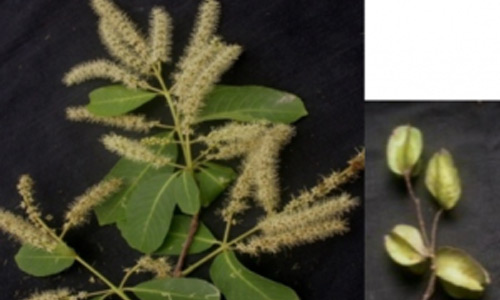We value your privacy
We use cookies to enhance your browsing experience, serve personalized ads or content, and analyze our traffic. By clicking "Accept All", you consent to our use of cookies.
We use cookies to help you navigate efficiently and perform certain functions. You will find detailed information about all cookies under each consent category below.
The cookies that are categorized as "Necessary" are stored on your browser as they are essential for enabling the basic functionalities of the site. ...
Necessary cookies are required to enable the basic features of this site, such as providing secure log-in or adjusting your consent preferences. These cookies do not store any personally identifiable data.
No cookies to display.
Functional cookies help perform certain functionalities like sharing the content of the website on social media platforms, collecting feedback, and other third-party features.
No cookies to display.
Analytical cookies are used to understand how visitors interact with the website. These cookies help provide information on metrics such as the number of visitors, bounce rate, traffic source, etc.
No cookies to display.
Performance cookies are used to understand and analyze the key performance indexes of the website which helps in delivering a better user experience for the visitors.
No cookies to display.
Advertisement cookies are used to provide visitors with customized advertisements based on the pages you visited previously and to analyze the effectiveness of the ad campaigns.
No cookies to display.
|
Division
|
Angiosperms |
|
Class
|
Dicotledons |
|
Subclass |
Polypetalae |
|
Series |
Calyciflorae |
|
Order |
Myrtales |
|
Family
|
Combretaceae |
|
Genus
|
Terminalia |
|
Species
|
arjuna |

|
Botanical name:
|
Terminalia arjuna Bedd. |
|
Local/Trade Names: |
White Murdan, Arjuna, Arjun |
|
Conservation status: |
Commonly planted at water logged areas. |
|
Digonestic features: |
Bark smooth pale-greenish. |
|
Description: |
A large tree buttressed and spreading crown. Bark smooth, pale-greenish or ashy grey. Leaves oblong or elliptic, 10-15 x 4-7 cm, cordate or rounded at base. Flowers ca 5 mm across, white. Fruit a drupe, 2.5-5 cm long, ovoid or ovoid-oblong, with 5 hard wings; wings 1.2 cm wide and marked with closely parallel, indistinct lines. |
|
Phenology: |
Fls.: Apr.-May. Frts.: Dec.-Feb. |
|
Distribution: |
Sub-Himalayan tracts, North-West India. Sri Lanka. |
|
Where to see it: |
Medicinal Plant Garden and road between Pinetum and Palmsetum. |
|
Uses: |
Wood used for carts, agricultural implements, water troughts, and boat-building. Suitable for plywood manufacture. It may also be used for house-building, water-traps, masts, electric poles and certain types of tool-handles, and jetty-piles. Bark used for tanning. It is styptic, tonic, febrifuge and antidysenteric; pulverized bark gives relief in symptomatic hypertension and acts as a diuretic in cirrhosis of liver. Fruits tonic and deobstruent. Juice of leaves used in ear-ache. Leaves fed to tusar silkworms. |
Chief Conservator of Forests & Chief Wildlife Warden is the Head of the Department. There is one post of Conservator of Forests & two posts of Deputy Conservator of Forests viz.